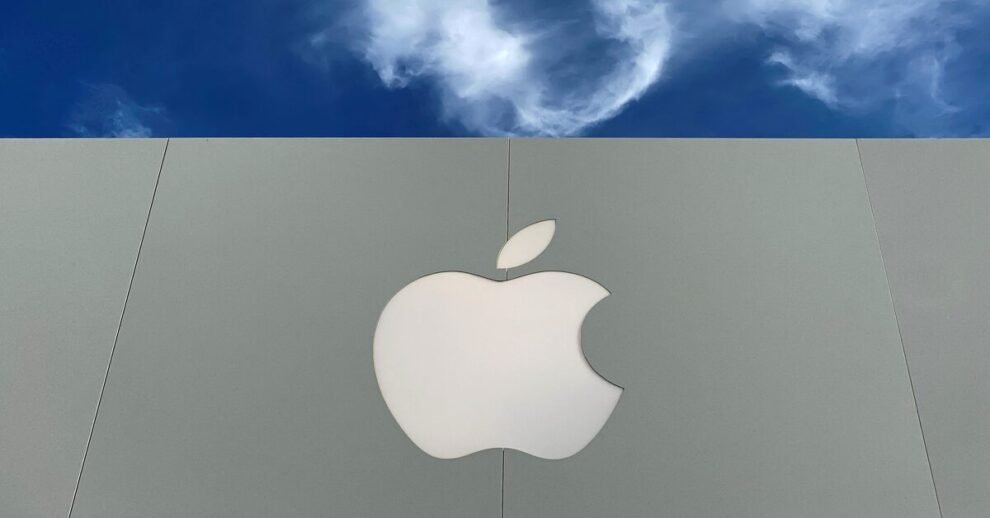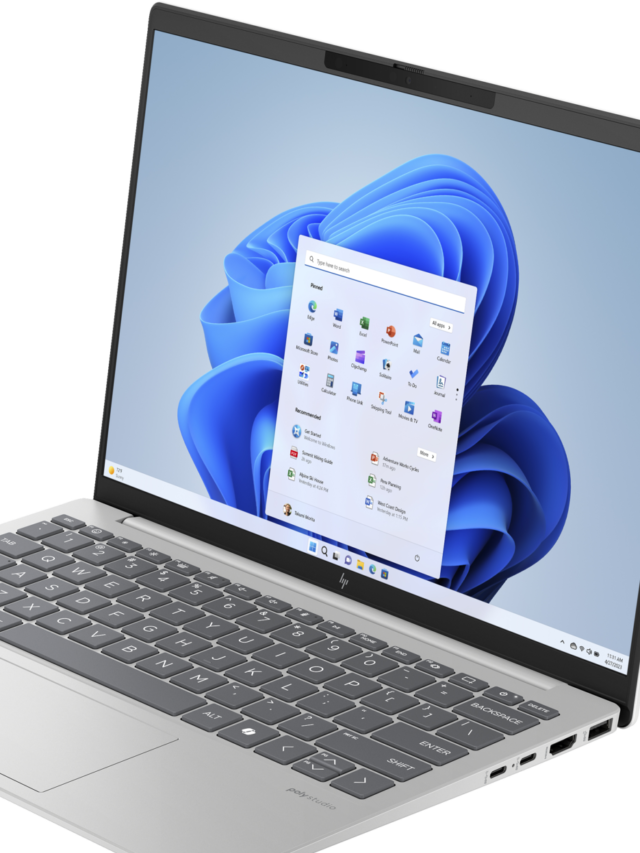Apple is aggressively pursuing the development and production of its own hardware components, according to renowned Apple analyst Ming-Chi Kuo. This push towards self-reliance is not new for Apple, but Kuo’s recent observations suggest the company is significantly accelerating its efforts. This shift has implications for the broader tech industry and could reshape the supply chain for various components.
Apple has a long history of designing its own chips, most notably the A-series processors that power iPhones and iPads. More recently, the company transitioned its Mac computers from Intel processors to its own M-series silicon. This move has given Apple greater control over its products’ performance and features, allowing for tighter integration between hardware and software. The success of the M-series chips has validated Apple’s strategy and likely fueled its ambition to bring more component design and production in-house.
Kuo’s analysis points to a broader strategy than just central processing units. He suggests Apple is looking to replace a wider range of hardware components with its own solutions. This could include components like modems, Wi-Fi chips, display drivers, and even components related to power management. While Apple already designs some of these components, bringing their actual manufacturing in-house or closer to its control would be a significant step.
One key driver for this push is likely control. By designing and manufacturing its own components, Apple can reduce its dependence on third-party suppliers. This gives the company greater control over its supply chain, allowing it to better manage costs, quality, and timelines. Supply chain disruptions, like those experienced in recent years, highlight the vulnerability of relying on external suppliers. In-house production offers a buffer against such disruptions.
Another motivating factor is performance. Apple believes it can optimize its products by tightly integrating hardware and software. Designing its own components allows Apple to tailor them specifically to its devices, potentially achieving performance levels that are not possible with off-the-shelf parts. This level of customization allows for greater power efficiency and specialized features.
The shift towards in-house components also allows Apple to differentiate its products from competitors. By controlling the design and functionality of key components, Apple can offer features and capabilities that are unique to its devices. This differentiation is a crucial element of Apple’s strategy in a highly competitive market.
Kuo’s report does not specify which components Apple is targeting for in-house production beyond those already known. However, the implications are wide-ranging. If Apple succeeds in bringing a significant portion of its hardware production in-house, it will have a major impact on the companies that currently supply these components. These companies could see a significant reduction in their business from Apple, potentially forcing them to diversify their customer base or adjust their business models.
The move also has implications for the broader tech industry. Apple’s success in designing and manufacturing its own components could inspire other companies to follow suit. This could lead to a more vertically integrated industry, where companies have greater control over their supply chains and product development.
While Apple’s ambitions are clear, the challenges are significant. Designing and manufacturing complex hardware components requires significant investment in research and development, as well as manufacturing facilities. Apple has the financial resources to make these investments, but the technical challenges should not be underestimated. Successfully bringing more component production in-house will require Apple to continue to attract and retain top engineering talent.
It remains to be seen how far Apple will go in its quest for hardware self-reliance. However, Kuo’s report suggests that the company is committed to this strategy and is accelerating its efforts. The coming years will likely see Apple continue to expand its in-house hardware capabilities, further reshaping the tech industry landscape. This increased control over its hardware could translate to more innovative products, tighter integration, and greater differentiation in the market. The impact of this shift will be felt throughout the tech supply chain for years to come.



















Add Comment